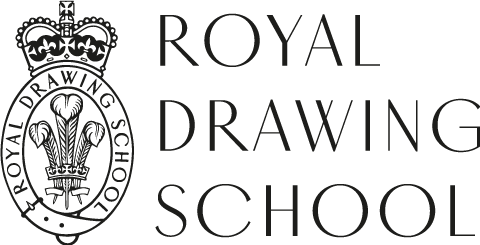Between Painting and Drawing: Eileen Cooper RA and Rachel Jones in conversation
This Autumn Term, the Royal Drawing School’s Online Lecture Series hosts Creative Conversations; dialogues between artists, curators and writers. The series is curated by Dr Claudia Tobin, lectures are held Wednesday evenings live on Zoom.
Eileen Cooper RA and Rachel Jones take us through a day in the studio, discussing the realities of balancing studio time and earning a living. They will share personal views on the changing experience of women in art school and the art world, and touch on the topics of activism, personal and identity politics. At different points in their careers, they will consider important questions concerning the demands of exhibiting, relationships with galleries and sustaining an artistic practice.

'Portrait of Rachel Jones', 2019, pastel, charcoal, conte 101x66cm, Eileen Cooper RA / Courtesy of the artist © Eileen Cooper RA
Eileen Cooper RA is well known for her work in painting, drawing and printmaking, with the female figure central to her practice. Cooper studied at Goldsmiths College (1971-74) and the Royal College of Art (1974-77) and has taught at many art schools including the Royal Academy Schools. She was awarded an OBE for services to Art and Art Education in 2016. Her commitment to the development of emerging artists continues to be a particular focus.

'Spliced Structure', 2019, oil pastel and oil stick on paper, 26x38.5 cm, Rachel Jones / Courtesy of the artist © Rachel Jones
Rachel Jones (b.1991 in London) completed her BA Fine Art at Glasgow School of Art and an MA Fine Art at Royal Academy of Arts. Her work has been exhibited in the UK at Galerie Thaddaeus Ropac, The Sunday Painter and institutions such as the Royal Scottish Academy. She was artist in residence at The Chinati Foundation (2019) and Masterworks Museum of Bermuda Art in (2016).
Jones is interested in exploring the complexities surrounding society’s reading of the black body – how it is understood, how it is culturally reproduced, and the potential role of these representations in dismantling existing power structures. She is interested in using colour in a way that enables her to form a visual language as a substitute for words. She uses symbols and motifs to create images that explore the Black Interior, the depth of her own interiority, and how as a black woman, it consists of an autonomous, imaginary and multiplicitous experience.
